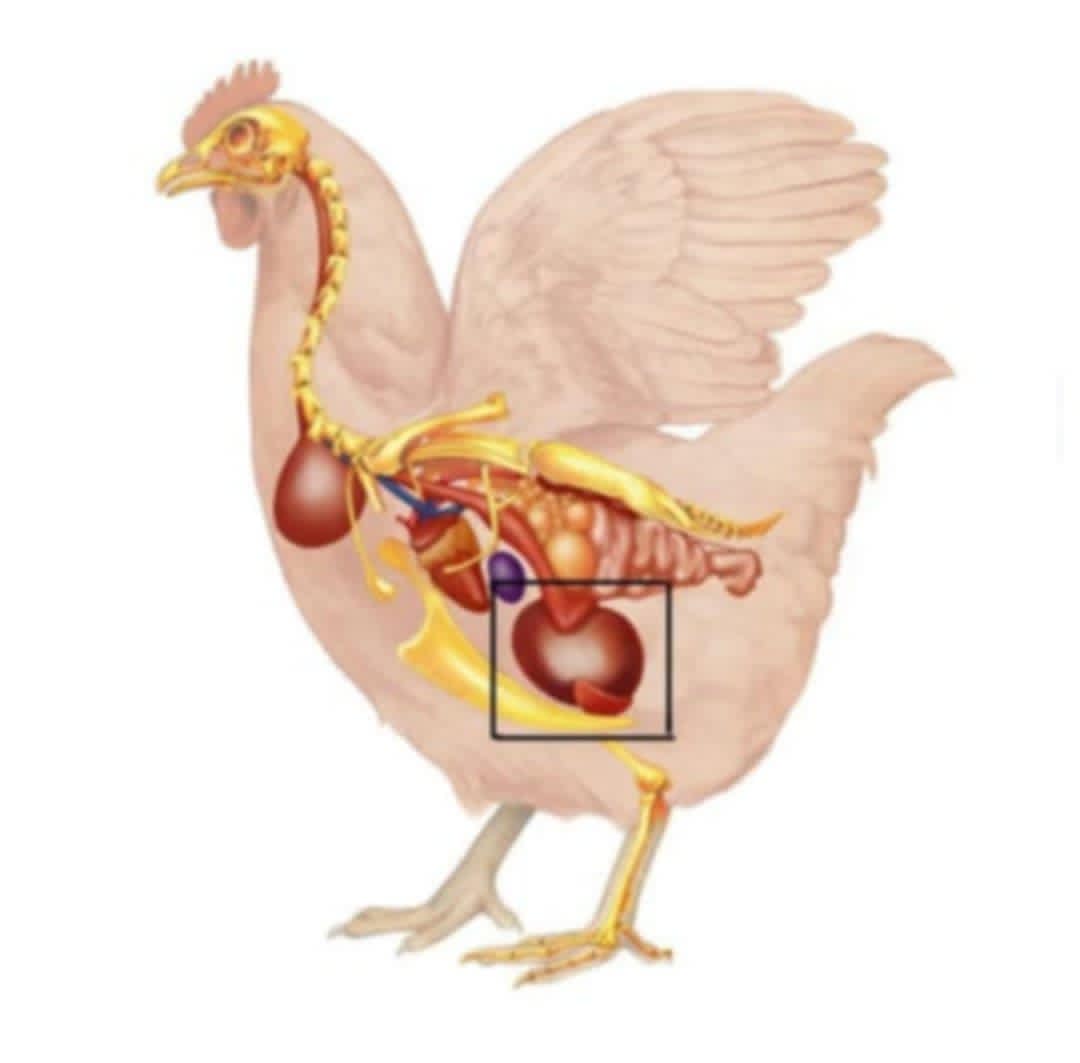The gizzard is the muscular stomach that birds, especially grain-eating ones,
have. Many people consider it offal and tend not to cook it because of its appearance.
However, chicken gizzards provide many nutrients, are easy to prepare,
and are very affordable. Here, we’ll explain why you should include them in your diet.
Key Takeaways
- A chicken’s gizzard is a small, muscular organ that helps grind up its food
- Gizzards have a unique flavor and chewy texture that make them a versatile culinary ingredient
- Chicken gizzards are a part of the “”giblets”” along with the heart, liver, and kidneys
- Gizzards are found in many global cuisines, prepared in a variety of ways
- Understanding the role and anatomy of the gizzard provides insight into the avian digestive system
Gizzard Anatomy and Function in the Avian Digestive System
The chicken gizzard has strong, thick muscles. These muscles contract and relax to grind up the bird’s food. This grinding action helps the chicken digest its diet, which includes small pebbles and grit.
The gizzard’s muscles work with the stones and grit to crush tough materials. This includes seeds, grains, and insects. This process is crucial for the chicken to digest and absorb nutrients in the small intestine.
The gizzard is part of the avian digestive system. It’s adapted to the chicken’s eating habits and lifestyle. Understanding the chicken gizzard anatomy and function shows us the amazing adaptations in these birds.
“”The gizzard is a remarkable organ that allows chickens to effectively process their diverse diet and extract the essential nutrients they need.””
Chicken gizzards are a delicacy in some parts of the world. They are eaten globally in many ways, like boiling, braising, and frying. They are low in fat, high in protein, and rich in vitamins and minerals.
| Nutrient | Amount per 100g |
| Calories | 172 |
| Protein | 26g |
| Fat | 5g |
| Iron | 6.3mg |
| Zinc | 2.7mg |
| Vitamin A | 480 IU |
| Vitamin B12 | 3.1 μg |
Understanding the chicken gizzard’s anatomy and function is fascinating. It shows us the amazing adaptations of the avian digestive system. This knowledge helps us appreciate the culinary and nutritional value of this often overlooked organ.
Chicken Gizzards: An Underrated Culinary Delight
Chicken gizzards are often ignored, but they’re full of flavor and nutrients. They have a rich taste and a chewy texture. You can add them to many dishes, from snacks to stews, making them very versatile.
Gizzards are packed with protein, which helps repair muscles and keep the body healthy. They have less fat than other chicken parts, making them a good choice for those watching their fat intake. They also have B vitamins like niacin, which are good for the skin, nerves, and energy. Plus, they have minerals like iron, phosphorus, and zinc, which are important for blood, bones, and the immune system.
Slow cooking makes gizzards tender and tasty. 25 minutes of manual pressure cooking yields tender and flavorful gizzards. Before cooking, make sure to clean them well. You’ll need just the gizzards, some liquid, and herbs or spices for cooking.
You can serve cooked gizzards with rice, noodles, cauliflower rice, or mash. They also taste great when fried in an air fryer or deep fryer. This adds a nice crunch while keeping them tender.
Exploring chicken gizzards can open up new culinary adventures. It also helps reduce food waste and supports sustainability. With their unique taste, texture, and nutritional benefits, gizzards are worth trying in your kitchen.
“”Chicken gizzards are an excellent source of protein, essential for muscle repair and overall body maintenance.””
Where to Buy Fresh Chicken Gizzards
Chicken gizzards are a tasty treat found in many stores and markets. They are loved worldwide, from the American South to Southeast Asia. These organs add flavor to many dishes.
